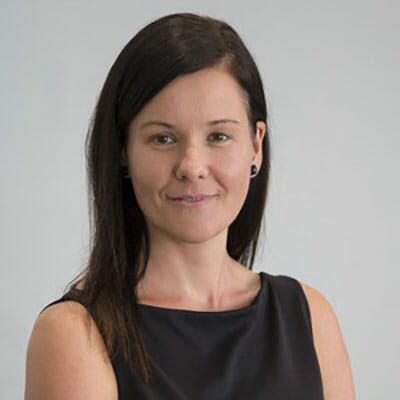Chris Lema needs no introduction. He is a well-known marketing guru and has been business coaching for over 20 years.
We were super excited to have him as a guest speaker at our most recent MavCon – our mastermind event for our Mavericks Club members.
Chris explained that you can distil your entire business and your revenue growth down to two things. And under those two things, there is one strategy that will drive both of those to be a success – microsegmentation.
Here are my biggest takeaways from Chris’ presentation.
Your Revenue is Tied to These Two Things
Your revenue is based on doing two things well…
1. The Front Door:
You have to find the people that are your tribe, make them aware of your offer and close those deals.
2. The Back Door:
Once you get them through the front door, you need to close the back door. This is important because if the number of leads you bring in are less than the people that are leaving through the back door, your business is dead already.
So your revenue is really tied to those two things – closing and keeping. Everything else falls under that, and the strategy to make both of those work better is segmentation.
Closing Isn’t About You, It’s All About Them
Closing has never been and will never be about you. It is always about them. All prospects have a set of problems that they want to solve. They're dealing with pain and frustration, they don't care about you and they don't care about your background.
There are other important factors involved when you’re up against competitors, but at the end of the day, emotional resonance will always be the winning factor. Do you understand their pain?
This is why “mirroring” is important when you are talking to a prospect. If they talk fast, you talk fast. If they talk slow, you talk slow. Because the customer wants to know that you see them, that you feel them and that you get them.
Why?
Because they have pain and they have frustration and they want to know that you have a solution for that problem.
This is why sales is so hard – you’re trying to solve so many specific problems.
Why Are There Six Different SUVs?
Did you know that Mercedes offer six different SUVs?
It’s because people have different needs and problems to solve. For example, one person might have a dog and they need a car with a larger back seat. Another person may need a car that has more room to carry large boxes for work. Another person might be looking at the best SUV to tow their boat.
People have different needs, and therefore, Mercedes has different products to suit those needs. This is why you can’t just say that Mercedes targets a high-end customer that values luxury… because that doesn't require six different versions of a car.
If you want to close more deals, the trick is to craft segment-based offers.
Building Your Offers
Chris looks at offers in three ways…
1. The Product:
The product is what shows up on the receipt. It’s what people think they’re buying – at the face of it. For example, when you’re buying a car, the product is a vehicle that gets you from A to B.
2. The Core Offer:
Underneath the product is a core offer – you’ll find that everyone is buying something different. For example, a person buying a Tesla could be buying a fast toy, a solution for saving the planet, or a status symbol. A person buying a Honda Civic may be buying stability.
The reason you want to identify the core offer is to help you with accelerants.
3. An Accelerating Offer:
An accelerating offer is an upsell that speeds up the delivery of the core offer. Often it’s something that helps you get past the questions, fears or fulfils your deepest desires.
These components help you craft your offers – unique to each microsegment.
Why Your Upsells Have Been Failing
If you have tried upsells in the past and they haven’t worked, it’s because they're not connected to the core offer. They're just random upsells.
The point of an accelerating offer is that it's connected to the core of what they were buying in the first place.
So for the person buying a Tesla as a super-fast toy, you’re going to want to offer something that makes that toy better.
Create Multiple Offers Based on Each Segment’s Goals
When you look at your identified segments, you then want to find out what their goals are. And not everyone in a segment has the same goal.
A single microsegment may not all be at the same level of goals, but they're all moving towards the same thing.
What you’ll discover is that most of your customers don't know their goals, but they know their pain. And really, the flip side of someone's pain is a reflection of someone's goal.
When you understand their pain, that helps you understand their goal, then that helps you design your offers.
You need to be crystal clear with your message about who your target audience is.
Multiple offers that each target the goal and the pain of that microsegment will help you close better. It's not about having one end product offering. It's about having multiple.
Wrap Up
Chris wrapped up his presentation by reminding us that at the end of the day, customers quit when they feel like you're no longer focused on them and their needs.
When they feel seen, they're likely to stay – even when something goes wrong.
There was so much more to this amazing presentation from Chris. We’d like to thank him for taking the time to come and talk to our Mavericks Club members. There was so much to take away and implement.
If you want to know more about joining the Mavericks Club, click here to request a callback.





